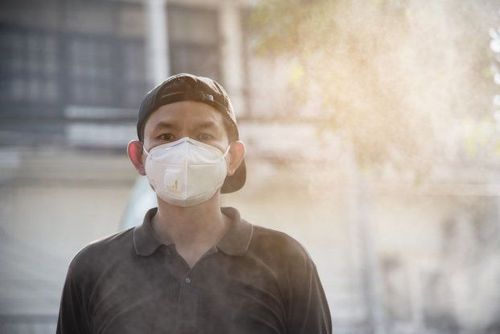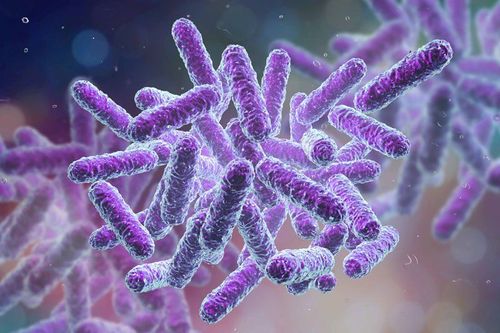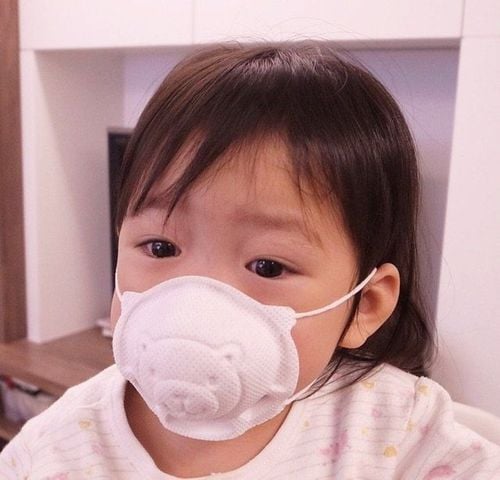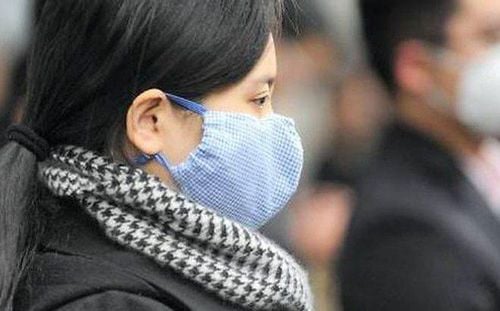This is an automatically translated article.
Respiratory viruses are transmitted from person to person mainly through droplets containing the virus when an infected person talks, coughs or sneezes. One of the ways to prevent respiratory illness is to wear or cover a mask. For specialized masks such as cloth masks that can be used many times, why are medical masks only used once and then discarded?1. What is a Medical Mask?
A medical mask (English name is Facemask or Surgical Mask) is a loose, disposable device that creates a physical barrier between the wearer's mouth and nose and potential microorganisms or contaminants hidden in the environment. Masks are not shared and are used during surgery, isolation, dentistry or medical care.
Masks are made in different thicknesses and with different capacities to protect you from contact with liquids. These properties affect whether you can breathe easily through the mask and how well the mask protects.
If worn correctly, a mask will help block droplets that may contain germs (viruses and bacteria) from being shot or sprayed when we cough or sneeze and keep these germs in the mask to prevent return contact with your mouth and nose. Masks also help reduce your exposure to other people's saliva and respiratory secretions.
While masks can be effective at blocking droplets, medical masks cannot filter or block very small airborne particles that can be transmitted through coughing, sneezing, or certain medical procedures. In addition, medical masks also do not provide complete protection from germs and other contaminants caused by wearing a mask that does not seal between the surface of the mask and your face.
2. How many times can a medical mask be used?
Medical masks can only be used once. If your mask is damaged or dirty or you find it difficult to breathe while wearing it, you should remove the mask, discard it properly, and replace it with a new medical mask or other type of mask.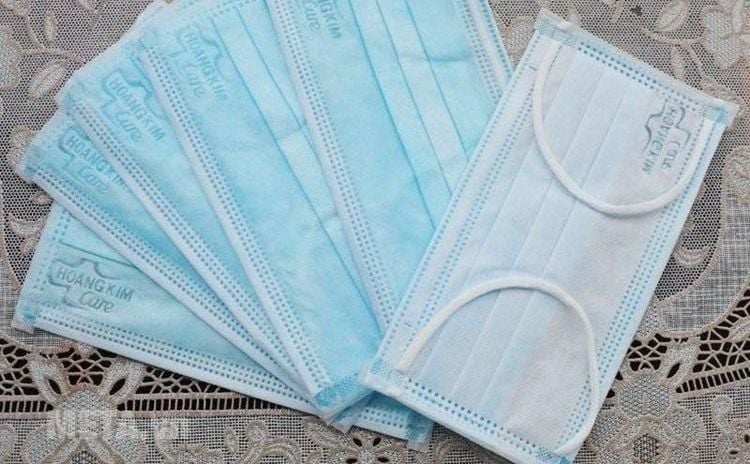
Khẩu trang y tế nên chỉ dùng một lần
Due to the structure of medical masks, there are usually three layers, and in particular, the middle layer has the function of retaining droplets that may contain disease-causing germs that are splashed when you cough. In addition, the mask can also filter dust and bacteria, creating breathability for users to breathe easily when wearing.
Because of these features, after using, the medical mask is already a germbed containing many pathogens that affect your health if it is not removed immediately after one use.
3. So when do you need to wear a medical mask?
According to the World Health Organization, you only need to wear a mask when:
If you are healthy, you only need to wear a mask if you are caring for someone with suspected 2019-nCoV or other respiratory illnesses other. Wear a mask if you are coughing or sneezing. Masks are only effective when used in conjunction with frequent hand washing with alcohol or soap and water. If you wear a mask, you need to practice proper use and proper disposal of the mask. In addition, since no measure can completely protect against transmission of influenza virus or other sexually transmitted diseases other respiratory infections, you need to focus on a variety of measures such as pharmaceuticals (e.g. vaccines and antivirals) and non-pharmacological interventions including: 1) community measures (e.g. avoidance of contagion mass gatherings and absences from school); 2) environmental measures (e.g. regular surface cleaning); and 3) personal protection measures such as encouraging people with symptoms to:
Cover nose and mouth when coughing or sneezing
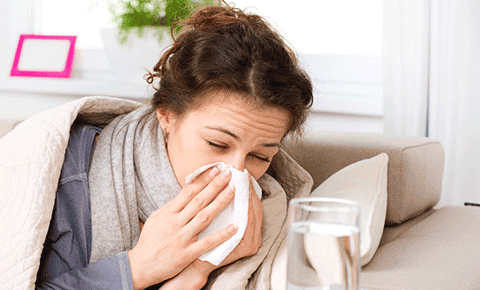
Che mũi và miệng khi ho hoặc hắt hơi
Use tissue to cover your mouth and nose when coughing/sneezing to block respiratory secretions and after use you need to throw the tissue in the trash Perform hand hygiene after contact with respiratory secretions and contaminated objects. People who have been diagnosed with the flu by a doctor or have a febrile respiratory illness during a time of increased flu outbreaks in the community should stay home until their fever is gone for 24 hours (no fever-reducing medication) and cough has stopped to limit the spread to people around. If the person has such symptoms but cannot stay home, then consider wearing a mask in public or when close contact is possible.
Please dial HOTLINE for more information or register for an appointment HERE. Download MyVinmec app to make appointments faster and to manage your bookings easily.
Article references source: cdc.gov, who.int



